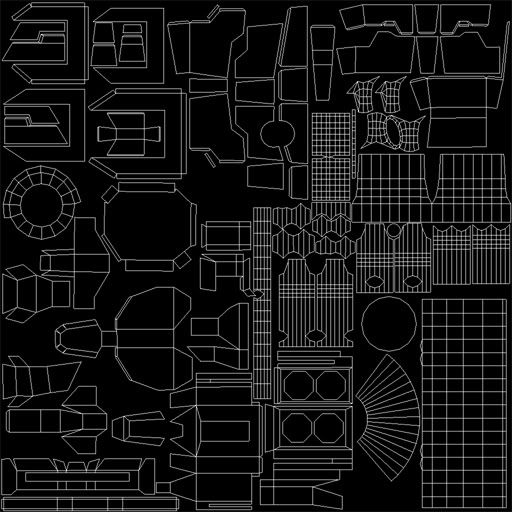A lot of what I do is very deliberate, to save time. The less time you waste on a skin, the faster you can get 'er done, and move on. If it looks great, and is at spec (in this case, 512 for anything that isn't ginormous)... move on!
But there are other issues, as well. For example, if you end up with too high of a detail area on one small area, because it had the only shape you could fit into your puzzle, then it may make painting it a pain. Why have to have a special bevel, just for that piece, when you can keep everything at about the same LOD and make it look nice, fast? The pros are getting paid by the hour- I'm getting paid zero, yet I also have a workload.
Lastly, on mirroring:
It's bad to mirror if it's going to be overly obvious. That's pretty much my whole philosophy. I think saying, "don't mirror", or "always mirror" is extreme. Take it case by case. It gets easier and easier with experience, to figure out what should get mirrored, what shouldn't.
However, this has a mirrored body:
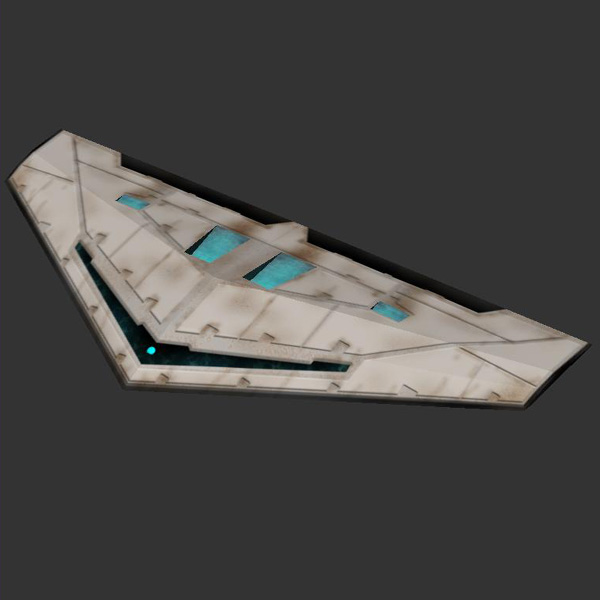
So does this, on the upper deck below the turret:
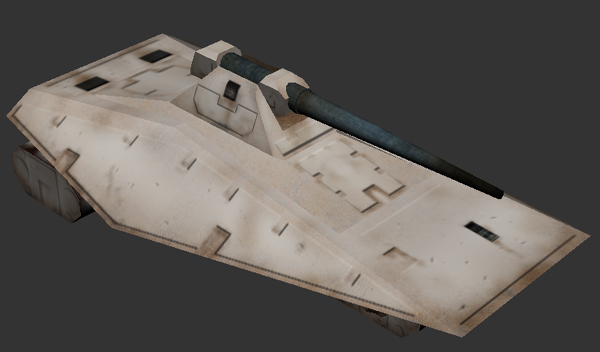
So does this, on the entire upper surface of the rear, most surfaces of the gun, all the wheels, and other areas:
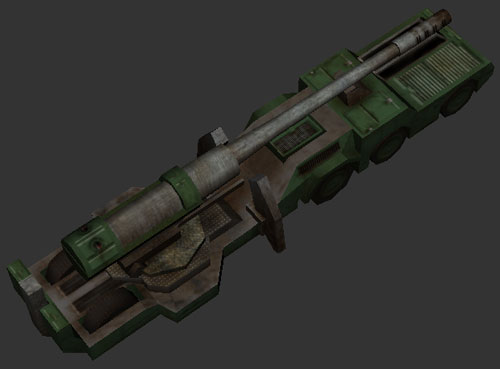
I used a lot of subtlety to hide it, but packed as much detail into it as I could, by using a mirror. In fact, most of the work in PURE has mirrors of major portions of the bodies. This is one of the ways that I get everything to look good.
Oh, wait, last example: how many mirrors are on this guy? He's the uv space everybody's poking at, btw- so, does he lack detail, or what?

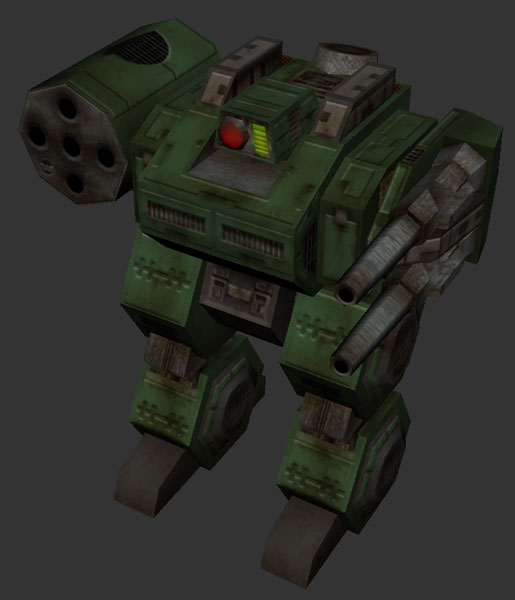
And, in fact, GMN, the guy who's doing most of the major modeling work, has gotten incredibly good at providing me with models that are ready to mirror all over the place, because he knows I'll use it.
How to make it not overly obvious, but keep the realistic look is difficult to explain, but I'll try.
Basically, what you want to do is to keep from making easily-identifiable marks. Those cue the human eye that they're looking at a mirror, and ruin the illusion.
What the hell does that mean? Well, it's not exactly a science, but I've found that marks that are vertical aren't easily identifiable. Marks that are purely horizontal, ditto. Marks that are highly diagonal, however, scream, "MIRROR". Dunno why, I think it's just the way our pattern-recognition firmware works

Also, major changes of hue or value do so, and major areas of high contrast, but that's something that should be obvious. Especially hue. If you mirror with, say, a black surface with yellow raised-armor surfaces, you'd better be very careful when doing your weathering. Whenever I'm not sure if I can get away with it, I fake it by using some muddy airbrushing instead, to provide some browning but confuse the issue visually.
Lastly, no, I don't do "advanced" stuff, like baking. Personally, I regard it as a huge waste of time- you can achieve equivalent results, faster, by just using bevels and airbrush. If Spring ever supports bump-mapping or normal maps, then hey, I'll happily use them- that's a completely different story. But baking? No. Huge time investment, no real benefit at the polycount we're talking about.
Pretty much my entire opinion about that topic.
